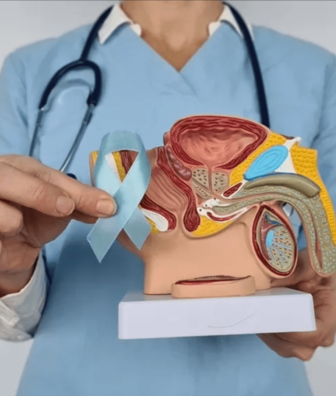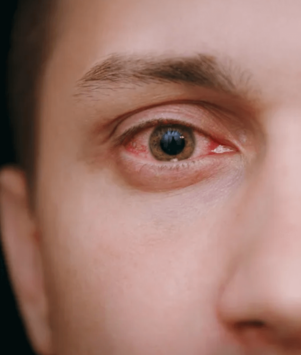Ehlers-Danlos syndrome (EDS) is a rare genetic disorder affecting collagen production, leading to abnormalities in connective tissues. This condition manifests with distinctive features such as skin hyperextensibility, joint hypermobility, and increased susceptibility to bruising.
In a rare and astounding medical feat, Tan Tock Seng Hospital in Singapore doctors successfully removed a half-eaten octopus lodged in a man's windpipe.
Lymphedema affecting the external genitalia is a rare condition characterized by swelling in the scrotal skin and underlying tissue due to impaired lymphatic drainage.
A new speech prosthetic has been developed, which brings hope to people with speech-impairing neurological disorders.
The clinical presentation of superficial candidiasis varies depending on the infective sites and the specific Candida species involved, posing a significant challenge for diagnosis and treatment in clinical settings without mycological or pathological evidence.
The human body is a remarkable and intricate ecosystem comprised of various interconnected systems and organs. In recent years, scientists have made some fascinating discoveries that have changed how we view the relationship between gut bacteria and eye health.
Top Articles
Read our free content and join our community of 400,000+ doctors across Asia and beyond.
- Top Articles
- Popular





